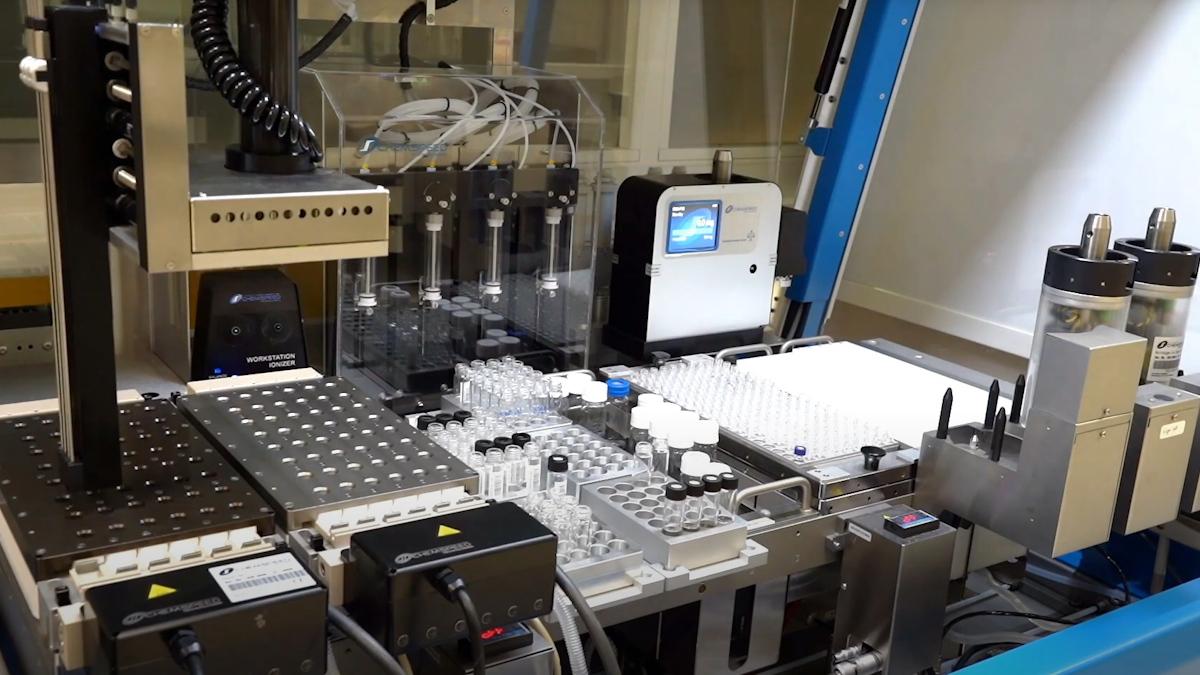AI diagnostic tool for pneumothoraces approved by FDA

AI company Zebra Medical Vision has scored another approval from the FDA, this time for its AI alert that can help diagnose pneumothoraces based on chest X-rays.
Pneumothorax, also known as a collapsed lung, is a condition in which air leaks into the space between the lung and chest wall. Diagnosis typically occurs via X-ray scan, but is notoriously difficult to confirm, resulting in high disagreement rates between top radiologists. According to the BMJ, misdiagnosis or late diagnosis of pneumothorax impacts around 74,000 Americans per year.
Zebra’s imaging analytics engine connects to any medical picture archive system and analyses relevant scans with its algorithms.
The AI programme provides automated alerts on urgent cases, which are flagged and prioritised into a physician’s worklist. The company says that this saves more than 80% of the time that traditional diagnosis takes, compared to the First In First Out (FIFO) methodology.
Each hospital can customise the way the alert is presented, either with colour coding or priority ranking, and the technology can be deployed on the premises or via the cloud.
The chest X-ray AI network was trained using millions of images to identify over 40 common clinical findings. The results of the TextRay study showed high rates of agreement between the algorithm and human radiologist experts.
It was approved in Europe last month.
Israel-based Zebra Medical Vision, which specialises in deep learning imaging, is one of the more prominent companies in the space and also develops AI diagnostic tech for conditions such as brain bleeds, spinal fractures and breast cancer.
“We are happy to add this important capability to our All-in-One (AI1) package and add more value to busy radiology departments,” said Eyal Gura, Zebra’s CEO and co-founder. “Health providers across the US that already use the many Zebra-integrated PACS and worklist systems will be able to easily deploy our triage solution and improve their patients' care and outcomes”.











